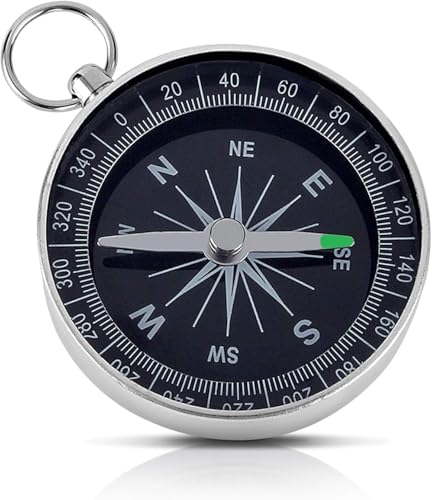How a Compass Works
A compass is a tool used for navigation and orientation that helps determine direction. At its core, a compass works by utilizing the Earth’s magnetic field to find North. This works because the Earth’s magnetic field is tilted at an angle, which creates a magnetic pole located near the North and South poles.
Earth’s Magnetic Field
The Earth’s magnetic field is generated by the movement of molten iron in its core. It’s important to note that the Earth’s magnetic North and South poles are not aligned with its geographic North and South poles.
Magnetic Needle
The magnetic needle in a compass is magnetized and balanced so that it’s free to rotate around a central pivot point. When the compass is held horizontally, the needle aligns itself with the magnetic field, pointing towards magnetic North.
Magnetic Declination
However, it’s important to note that the magnetic North and South poles are not fixed and will slowly shift over time. Additionally, the angle between magnetic North and true North, known as magnetic declination, varies based on location. This is why it’s important to adjust for magnetic declination when using a compass for navigation.
In conclusion, a compass works by utilizing the Earth’s magnetic field to find North. By understanding the Earth’s magnetic field and adjusting for magnetic declination, a compass can be an essential tool for navigation in both the wilderness and urban environments.






